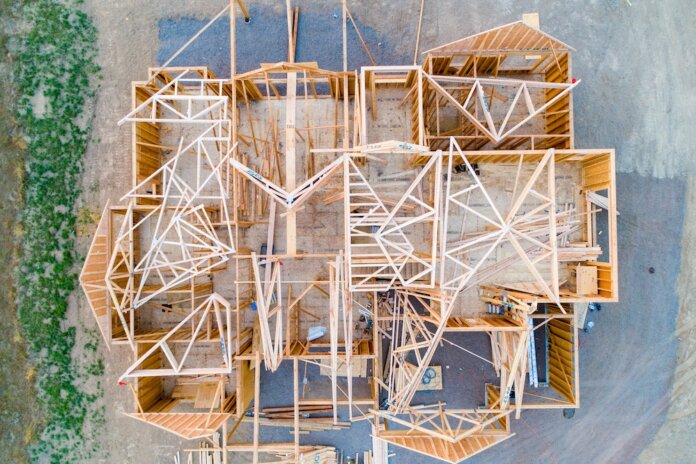Housing starts fell 0.5% in November compared with October and were down 16.4% compared with November 2021, according to estimates from the U.S. Census Bureau and the U.S. Department of Housing and Urban Development.
Starts of detached single‐family homes were at an annual rate of 828,000, a decrease of 4.1% compared with October, while starts of multifamily dwellings (5 units or more per building) were at a rate of 584,000, an increase of 4.8% compared with the previous month.
Combined single- and multi-family housing starts were at a rate of 1.427 million, down from 1.434 million in October and down from 1.706 million in November 2021.
Building permits also fell in November, tumbling 11.2% compared with the previous month and down 22.4% compared with a year earlier.
Permits for single‐family homes were at a rate of 781,000, a decrease of 7.1% compared with October, while permits for multifamily properties were at a rate of 509,000, down 17.9% compared with the previous month.
Combined single- and multi-family permits were at a seasonally adjusted annual rate of 1.342 million, down from 1.512 million in October and down from 1.729 million in November 2021.
Housing completions in November were at a seasonally adjusted annual rate of 1.490 million, an increase of 10.8% compared with October and up 6.0% compared with November 2021.
The slowdown in production means there’s no relief in sight for the country’s housing inventory problem.
“Overall, this month’s report mirrors declining homebuilder confidence, which fell in December for the 12th consecutive month,” says Odesa Kushi, deputy chief economist for First American, in a statement. “Housing demand is weakening, while builders continue to face higher costs and supply-side headwinds.”
Currently, it looks like most of the future supply will come in the form of new, multifamily housing. Although multifamily permits were down in November, “the backlog of multifamily homes under construction continues to increase, reaching a record high of 915,000 units.” Kushi says.
“More multifamily supply may ultimately put some downward pressure on rents,” she says.
Kushi says as builders “pull back on starting new projects, they will have greater opportunity to bring to market the backlog of homes in their pipelines that are already under construction.”
“The housing market remains structurally undersupplied, but we’re at a point in the housing cycle where demand has pulled back swiftly and inventory may rise as homes sit on the market longer,” Kushi notes. “Increasing new-home completions will be beneficial to the market in the long-run.”
“It’s no surprise that single-family starts are running at their lowest level since May 2020, given that builder sentiment has dropped for 12 consecutive months as builders remain fixated on rising building material costs and supply chain bottlenecks, with electrical transformers in particular being in short supply,” says Jerry Konter, chairman of the National Association of Home Builders (NAHB) in a statement.
“One important characteristic of the single-family housing market is that there have been more single-family homes that completed construction than have been started over the past four months,” adds Robert Dietz, chief economist at NAHB. “The most recent data for November shows there were 25,500 more single-family homes completed than started, thus pushing down the number of new homes under construction.”
Photo: Avel Chuklanov













